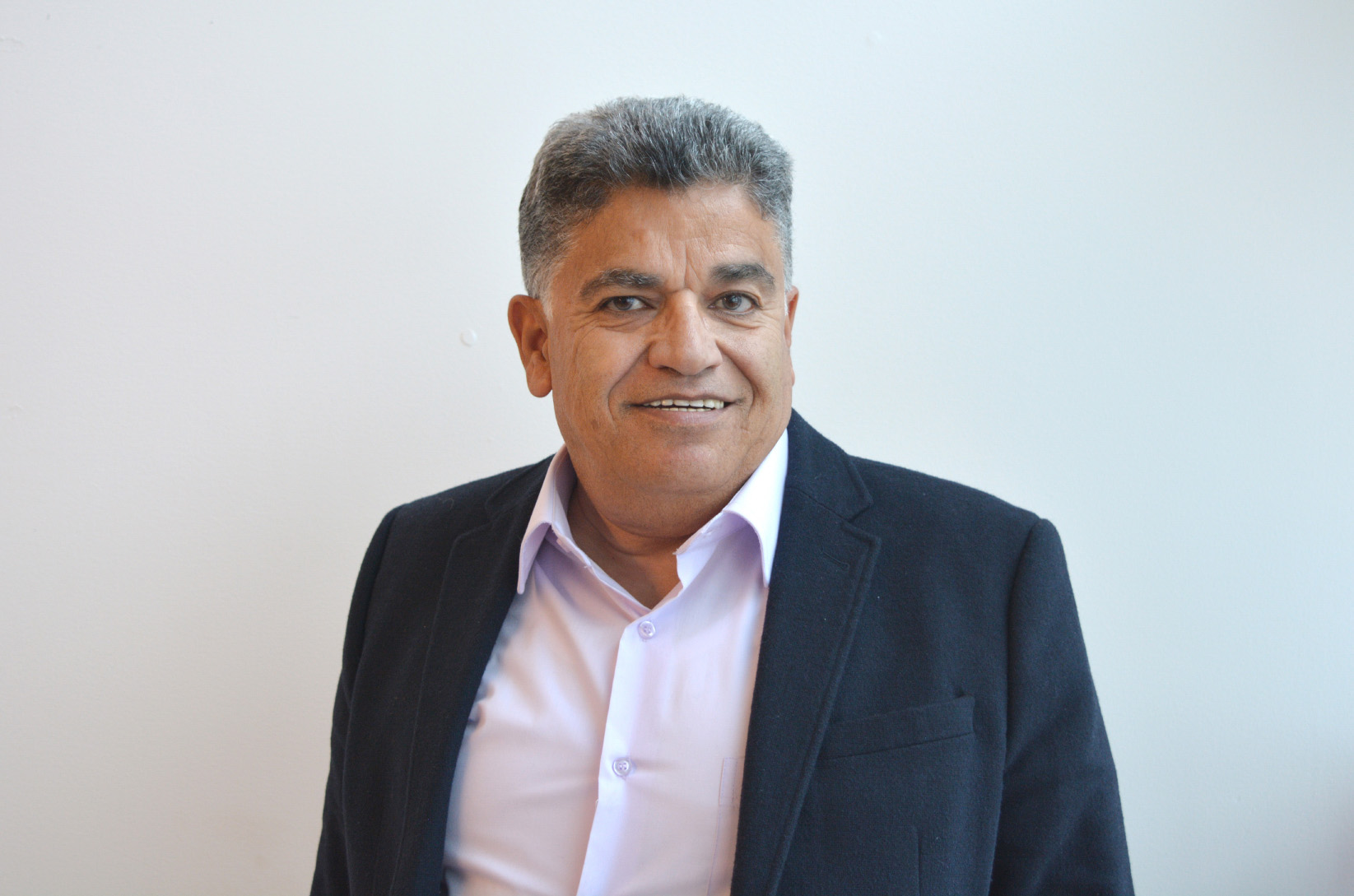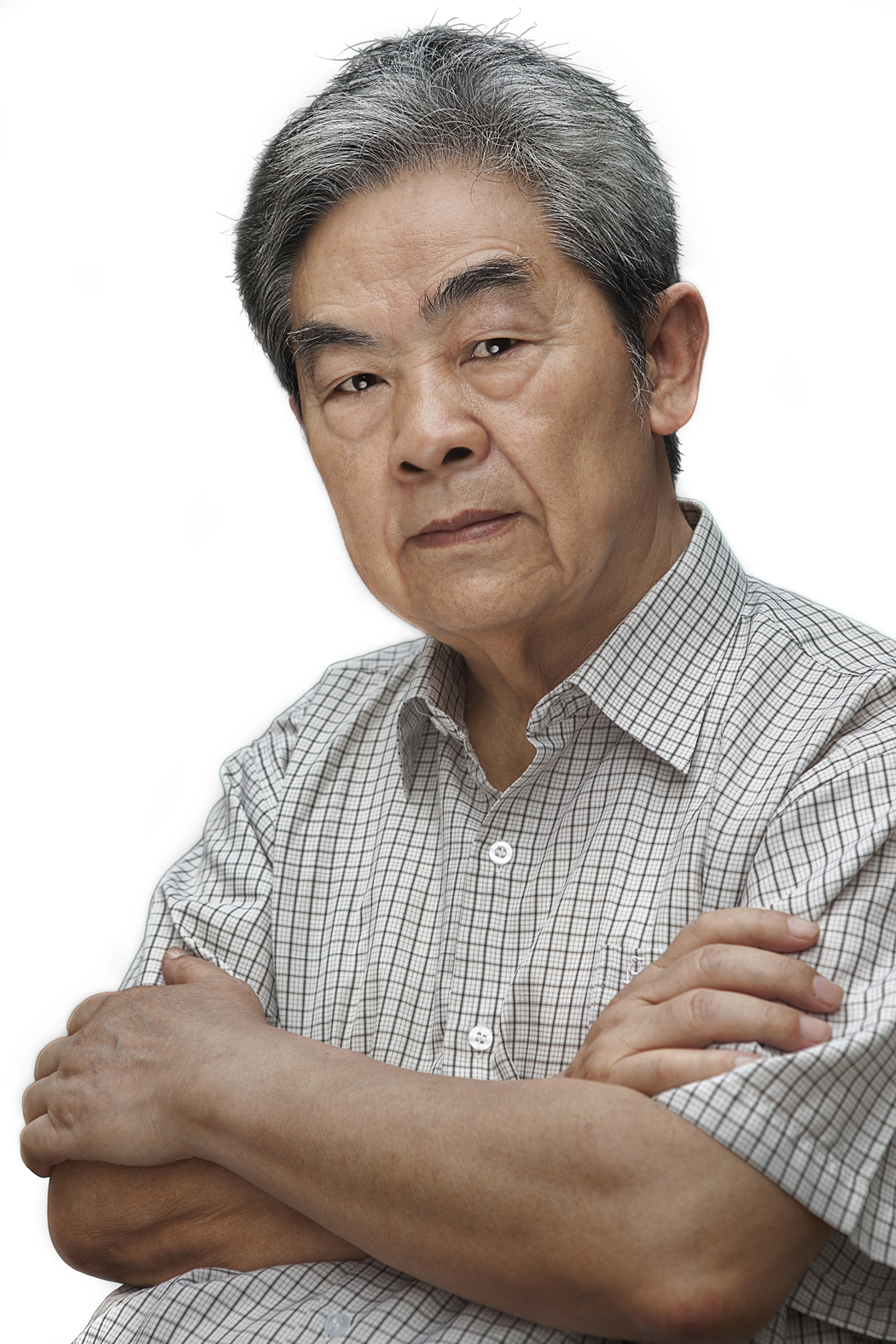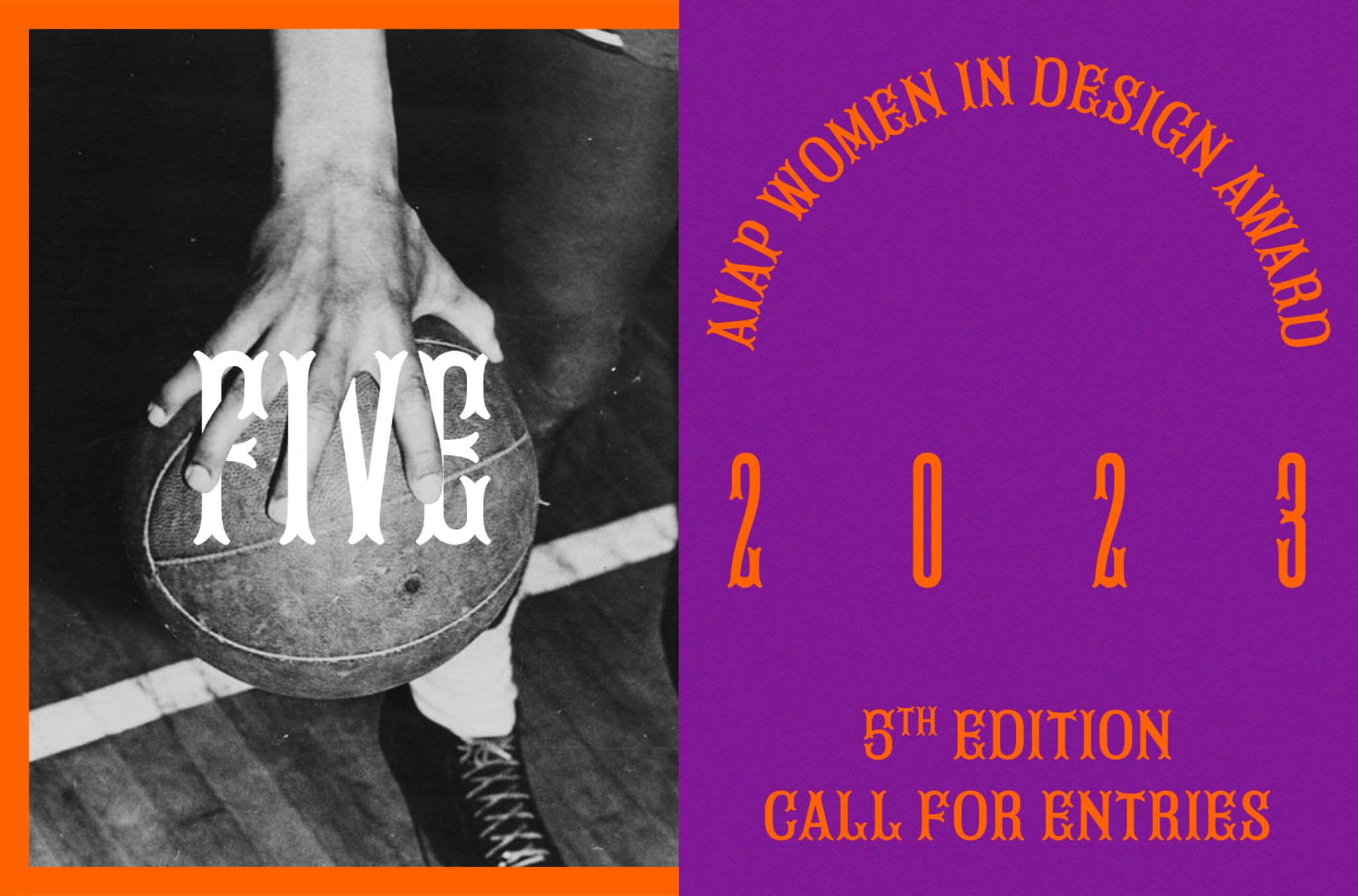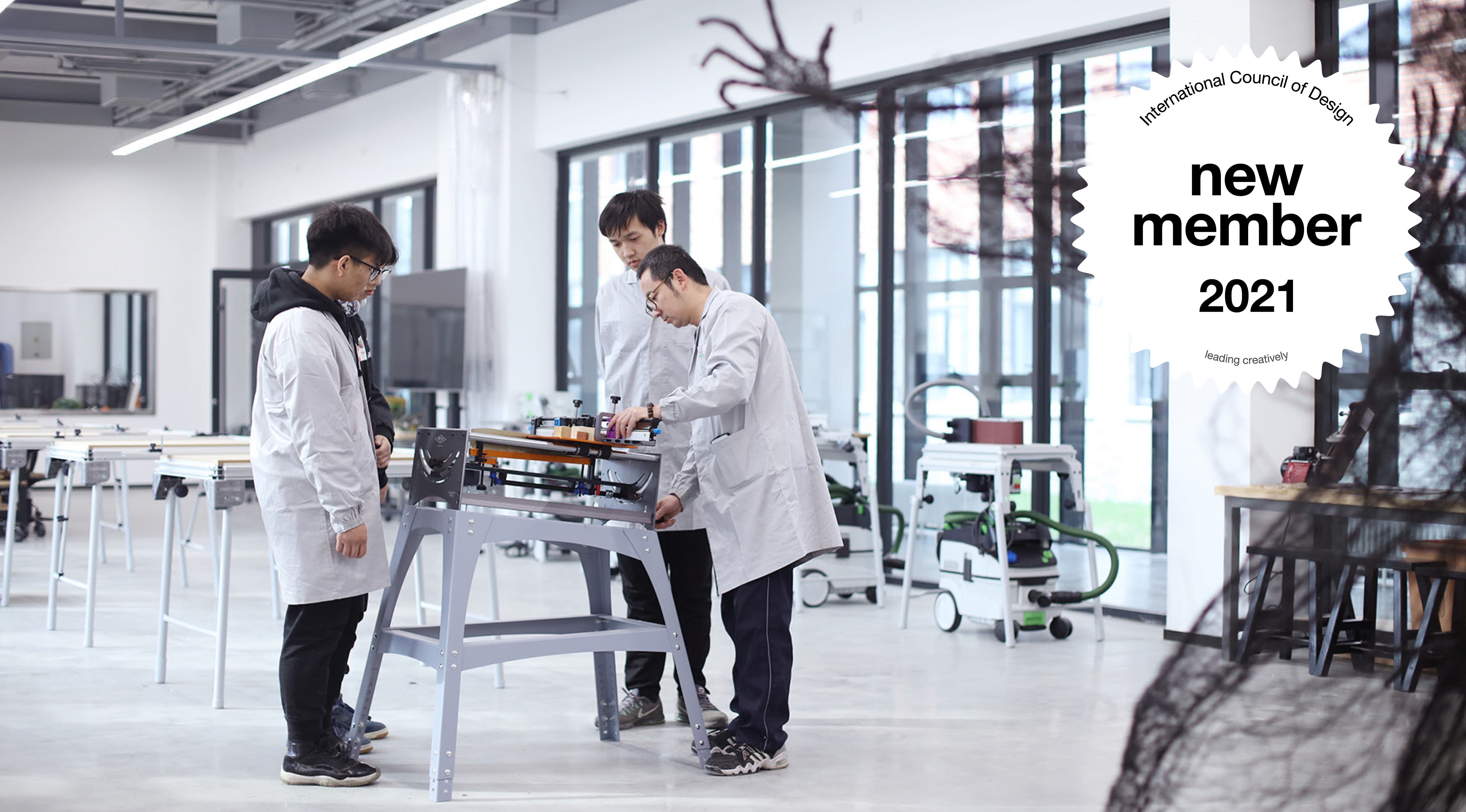National Design Policy from both ends of the spectrum

12.09.2017 News
The National Design Policy Work Group (NDP WG) reviews the many forms National Design Policies have taken, from fully developed strategic plans, to ongoing programmes executed by design centers, to precursor strategies, such as design awards programmes, exhibitions, and manifestos. At the Platform Meetings Montréal 2017 ico-D Members will learn about what the NDP WG have achieved thus far, getting a broader picture of the benefits and implications of having a National Design Policy could mean in their own regional context.
As a means of increasing global competitiveness and addressing sustainability challenges (both environmental and social), nations are increasingly turning to the design sector for solutions. Conversely, designers look to governments to support their industry, and promote design locally, within the business and industrial sectors, and internationally. National design policies are an effective tool countries can use to develop a cohesive strategy.
Read on to find out what will happen at the Montréal Platforms on 13-14 October, including a four-part session presented by the NDP WG entitled National Design Policy from Both Ends of the Spectrum, where Members will be able to contribute their voices, and a formal presentation of this material given at the World Design Summit on 18 October. At the end of this article is the National Design Policy Workgroup Report provided by the lead, Rebecca Blake.
Montréal Platforms: National Design Policy from Both Ends of the Spectrum
National Design Policies have been implemented in a number of countries to achieve an ambitious set of goals: to increase national competitiveness in a global economy, create a national brand, support SMEs and the design sector, integrate design thinking into the business environment, and provide a structure to promote national design. It’s a wish-list of possible outcomes that seems too good to be achievable – and in many cases, ambitious plans fall short.
So how is a National Design Policy successfully implemented – and better yet, how does one measure that success? While there is no easy answer to this question, by looking at how National Design Policies from both ends of the spectrum – at the point of conception and after completion – we can gain a better understanding of the complexity of the process.
Our four-part session on National Design Policy will feature a panel of speakers—all designers—with direct experience in working on National Design Policies:
1 An overview of National Design Policies: We’ll cover the different models of National Design Policies, and how they are shaped by the unique political and economic structure of a country.
2 The starting point: Representatives from countries taking the first steps in initiating a National Design Policy will share their experiences in initiating a dialogue with policy makers, and the challenges the design sector faces. We’ll also cover a stalled effort at a Design Policy, and the lessons learned from that process.
3 Evaluation and evolution: Representatives from countries with implemented and completed National Design Policies will review how the outcomes of those policies were evaluated, and how subsequent Design Policies were shaped from that experience
4 Questions, answers, and a dialogue: We’ll open the floor to questions from attendees, so that our panelists converse with the audience, and each other, on the challenges the design sector faces in facilitating the implementation and execution of a successful Design Policy.
National Design Policy Workgroup Report
by NDP WG Lead Rebecca Blake
Based on feedback from attendees at the Professional Platform Meeting New York 2014, the National Design Policy Workgroup (NDP WG) was established in 2015. The WG met consistently during that year, establishing meeting guidelines and sharing a knowledge base that culminated in a successful session at the Platform Meetings Pasadena 2016. At the Meetings, an overview of National Design Policies, as well as presentations by WG members, provided a well-rounded background on NDP initiatives globally, from successful implementation through failed attempts.
The first year or so of the Workgroup was focused on educating ourselves on what National Design Policies are: how they are structured, what goals they hope to achieve, and how they are implemented. To do so, they interviewed a number of people involved with either the creation or the evaluation of their NDPs, from countries as diverse as Australia, India, the USA, and South Korea. What became clear from this investigation was that NDPs are greatly influenced, not only by the stressors that necessitate the creation of such a policy, but also by the economy, political structure, and even culture of each country.
This year there was an influx of new members into the WG, with diverse backgrounds and experience which have greatly informed discussions:
- Sami Niemelä from Grafia is participating in reviewing Finland’s National Design Policy.
- Hanna Nilsson from Svenska Teknare is providing comments on a proposed new Swedish National Design Policy.
- Claudia Mas works for ONDI, the Oficina Nacional de Diseño in Cuba, which is involved in evaluating their design sector.
- Peter Florentzos from Design Institute of Australia (DIA) is working on reviving the Queensland Regional Design Policy.
- Bradley Schott, also from DIA, reported to the Australian government on intellectual property protections for interior designers.
- Zachary Ong, Past President from Graphic Design Association of Malaysia (wRega), has been approached by the Malaysian Prime Minister’s office to coordinate discussions between design associations on a National Design Policy.
- Zinnia Sompie from Indonesian Association of Graphic Designers (AGDI) has likewise been working on the initial steps to implement a National Design Policy in Indonesia.
- Ron Leung from Hong Kong Designers Association, brings the perspective on an industrial designer to the Workgroup, as well as a valuable connection.
The NDP WG meetings have focused on presentations by members of their local NDP initiatives or analysis of existing and fully evolved NDPs. Sami Niemelä gave an overview of the lauded Finnish NDP that included a clear perspective on what has not worked, and how the policy is being reconsidered for future success. Zachary Ong’s presentation on the initial steps Malaysia is taking outlined the difficulty in corralling the energy and attention from policy makers. Likewise, Zinnia Sompie presented on efforts in Indonesia, and how daunting the task is in coming up with a coherent policy in a country with many cultures spread across many islands. In addition to these featured presentations, discussion by Workgroup members has yielded insight into how the design sector has worked with local and national policy makers to varying degrees of effectiveness.
While the Workgroup has been gratifying, we have not achieved all of our goals. However, overall, the NDP WG can continue to develop as a valuable resource for member associations. Key to that is having a smooth succession in leadership, with no significant interruption after the Platform Meeting. Secondly, maintaining best practices – timely meeting reminders, agendas for each meeting, action items for Workgroup members, and meeting minutes — creates continuity from meeting to meeting. Lastly, stated goals can be dealt with realistically, with the scope and timeline adjusted to accommodate members’ needs. As a forum for discussion and investigation, the NDP WG can continue be a resource for ico-D Professional Members.
NDP WG Members
Lead by Rebecca Blake (Graphic Artists Guild, USA) with Board Liaison Zachary Haris Ong (ico-D President Elect 2015-2017) the Work Group Members include the following international representatives:
Links
DP Work Group page
C

relatedarticles

in memoriam: essam abu awad (1958-2021)

in memoriam: yu bingnan (1933–2020)


